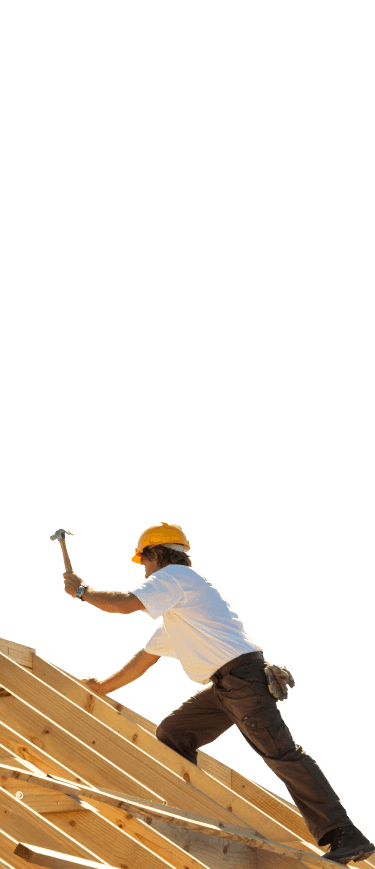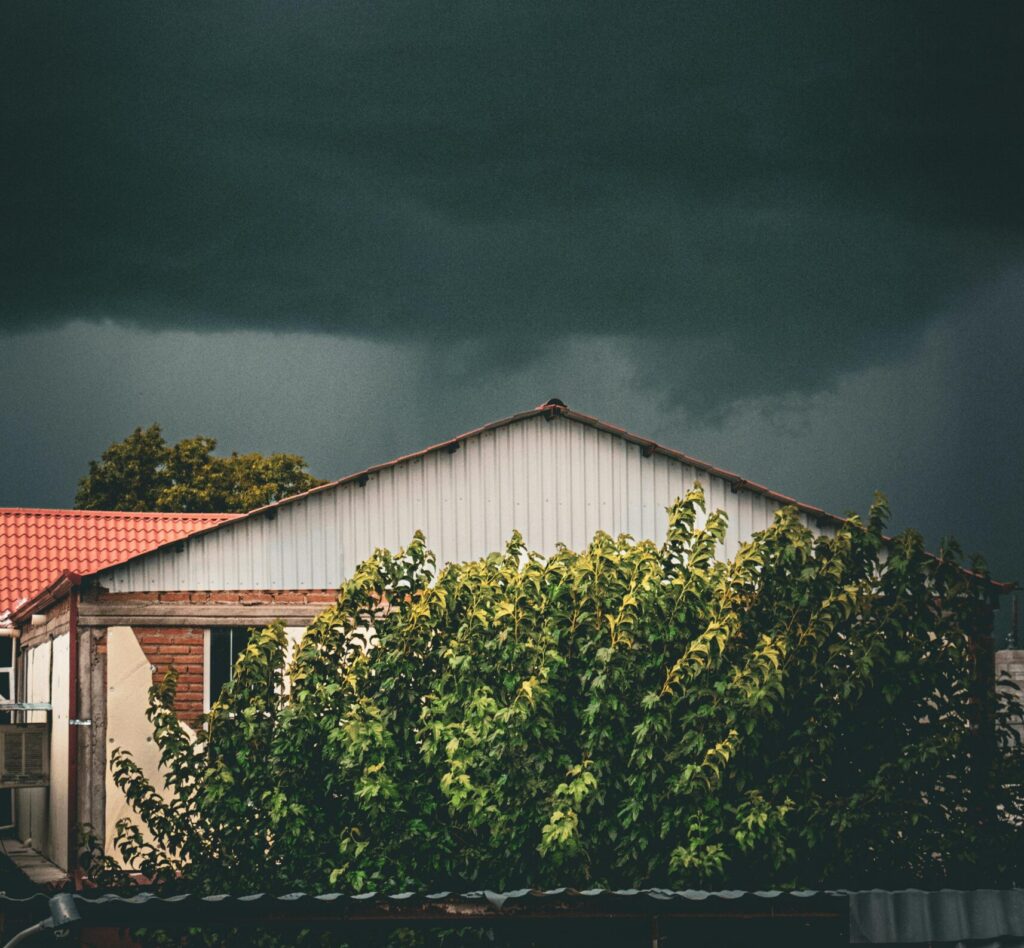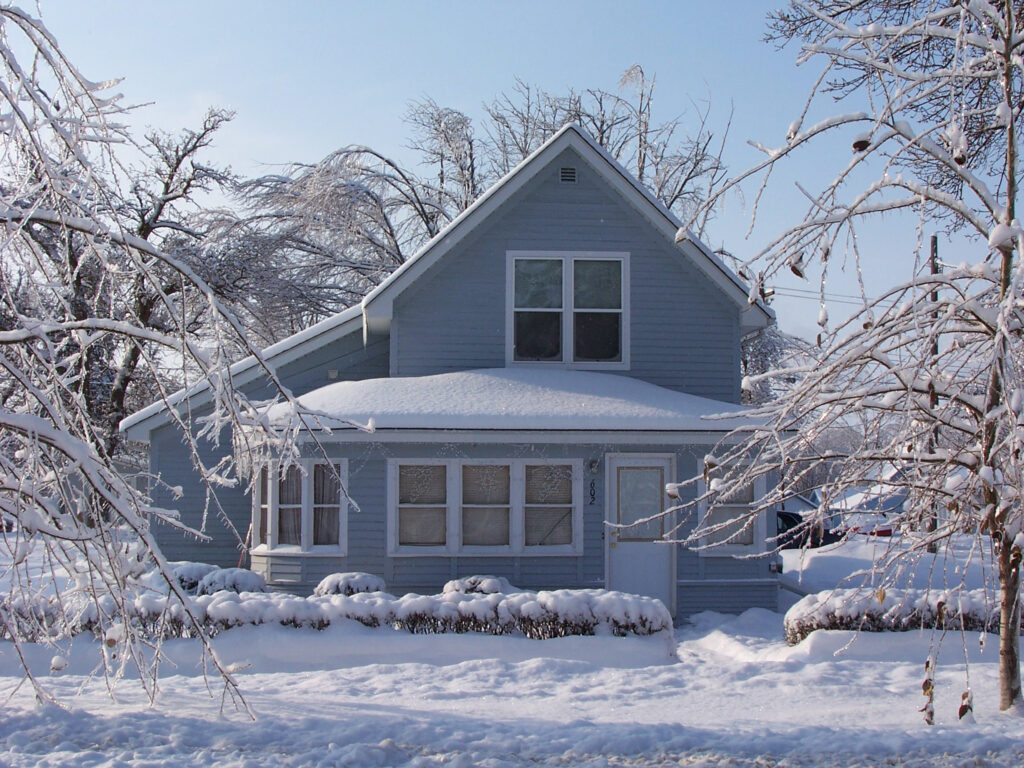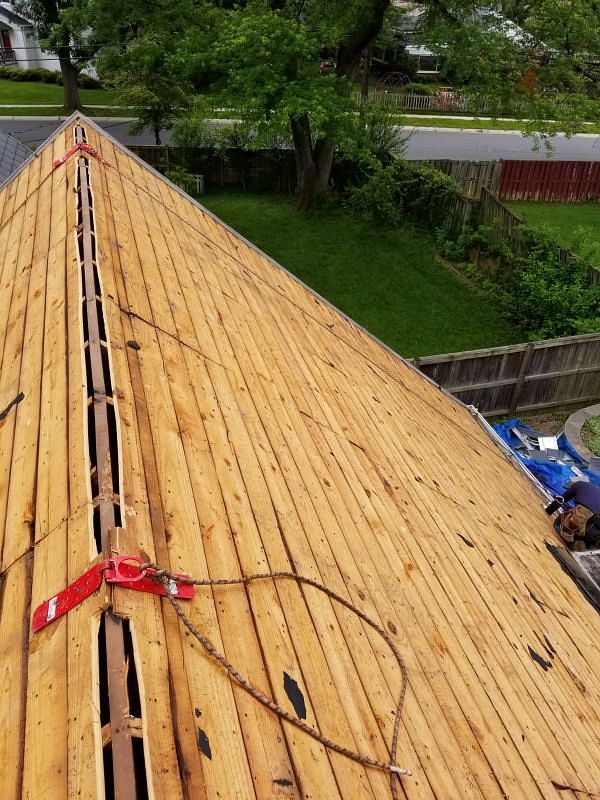Roof Repairs: Organic Vs. Fiberglass Shingles
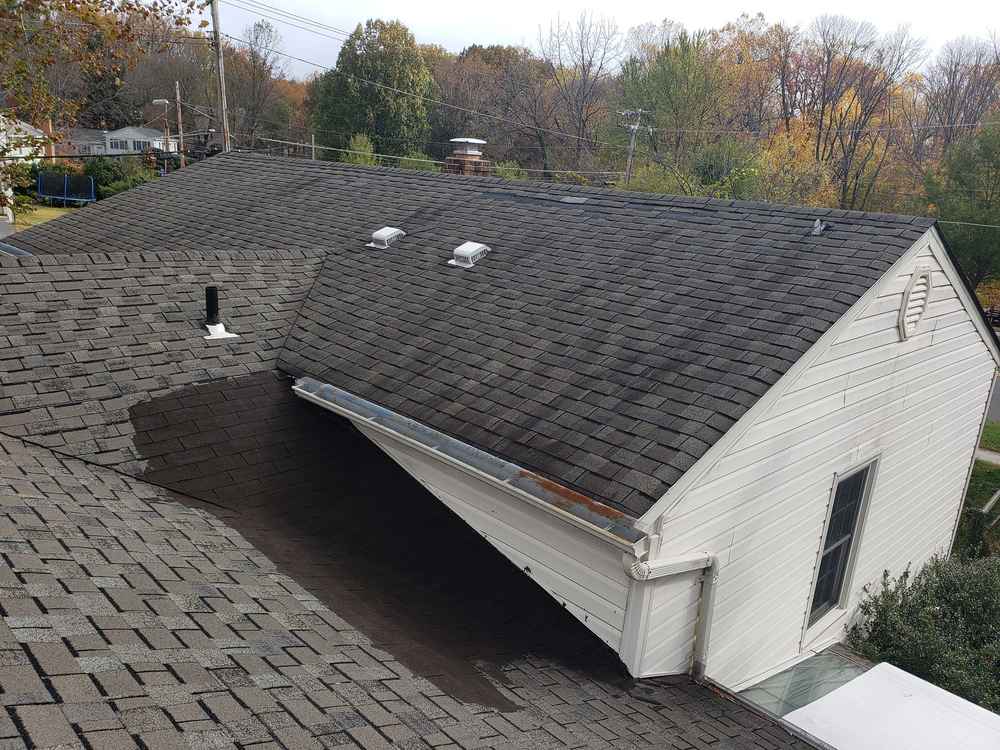
The differences from one Montgomery County asphalt shingle roof are often significant. It is important for the homeowner to understand the difference between traditional organic shingles and modern fiberglass shingles. Once you know which type is protecting your home and possessions, you’ll be in a better position to make informed decisions about roof repairs and roof replacements.
Organic Shingles
Organic shingles are relics to a degree since they have not been manufactured since 2008. They were thicker than today’s fiberglass shingles, primarily because a relatively thick cellulose layer is needed to provide the required strength. This organic mat was typically sourced from wood chips, recycled cardboard or paper and used rags. It was then saturated with a relatively thin asphalt until its weight increased by about 70 percent. A heavier asphalt then coated this core to create a sort of asphalt sandwich. This traditional shingle was heavy, but quite durable. However, it added significantly to the roof load, compared to contemporary fiberglass shingles.
Manufacturers added volatile compounds to the asphalt to make them more flexible, waterproof and durable. Unfortunately, these so-called volatiles inevitably dissipate over time, largely through evaporation. The release relatively more fumes into the atmosphere makes them less desirable than their modern fiberglass counterparts. When the protective quality of these volatiles dissipates, the organic shingle dries out, less waterproof and more prone to excess moisture absorption.
Some of these highly absorbent, older shingles grow very distorted as they take on more and more water. In other instances, organic shingles crack, shrink and shrivel as they lose the protective compounds they once possessed. Endless wet-dry and hot-cold cycles continue to distort these shingles until they offer provide far less protection from the elements.
Fiberglass Shingles
The design of the modern fiberglass composite shingle is reasonably straightforward. In today’s fiberglass shingles, a very thin yet strong fiberglass mat is sandwiched in the center of the shingle by outside asphalt layers. Since the 1950s, the lightweight, woven fiberglass mat has been critical to the composites industry. Fiberglass is used in a wide variety of products including boat hulls, hot tubs, swimming pools and surfboards.
The manufacturer embeds the fiberglass mat in asphalt that is ultimately covered with protective granules which help to reflect solar radiation back out into the atmosphere. GAF’s Timberline Cool Series shingles use highly reflective granules that help keep the attic cooler, thereby cutting cooling costs in the home.
Compared to the old cellulose mat, a fiberglass mat used in roofing is highly resistant to tearing and splitting, even though the fiberglass mat constitutes only about two percent of the shingle by weight. Unlike its cellulose counterpart, the fiberglass mat will not absorb moisture, so it tends not to distort over time. Fiberglass composite shingles are very stable, even in hot and moist conditions.
Because the fiberglass mat is much lighter than the old cellulose mat, modern fiberglass shingles are stronger, yet lighter than their organic counterparts. They lessen the load on the roof, something that is often important when heavy snow and ice builds up in the winter.
Perhaps there’s no better way to understand the value of GAF’s fiberglass shingles than to check out this GAF video. However, product performance still varies from one manufacturer to another. At BRAX Roofing, we recommend GAF fiberglass shingles.
Roof Repair or Replacement?
Roof repairs may still be the answer when an older organic shingle roof sustains modest damage in a storm. However, if you have an older organic shingle roof with age-related deterioration, opting for a modern fiberglass shingle roof replacement may be your best option, especially when one considers the impressive warranties that GAF offers on its fiberglass shingle products. Consider the advantages of GAF’s best roofing system warranty – up to 50 years on material defects and up to 25 years on workmanship. In the case of a material defect claim, installation labor is fully covered forever.
BRAX Roofing, a GAF Certified Master Elite contractor, is ready to take care of your roofing needs, no matter how large or small. Please contact us today to arrange for a visit by one of our friendly, experienced and qualified inspectors. We’ll evaluate your roof’s current condition and thoroughly explain your options. Together, we’ll determine the roofing solution that meets your needs and goals.

Contact Us for a Free Estimate
What to Expect When
You Choose Our Team
We’re Committed to You
Every Step of the Way
- Meet to discuss your project and free estimate.
- Select materials and colors for the look you want.
- Arrange payment through financing or your insurance.
- Install new roofing, siding, or gutters for amazing results.
- Ensure you’re 100% satisfied with our services.
